The Intel Xeon E-2100 series is officially out. In its first launch generation, the Intel Xeon E-2100 is focused on the workstation market that had been the domain of the Intel Xeon E3-1200 series previously. In this article we are going to give a quick word about the market position of the new platform, then we are going to show what the new Intel Xeon E-2100 series has to offer as a platform in terms of features.
Intel Xeon E-2100 Series Platform Positioning
Intel is positioning the Xeon workstation line in three levels. Xeon Scalable for high-end dual socket systems. Xeon W for the high-performance single socket market. Intel Xeon E-2100 for entry level.
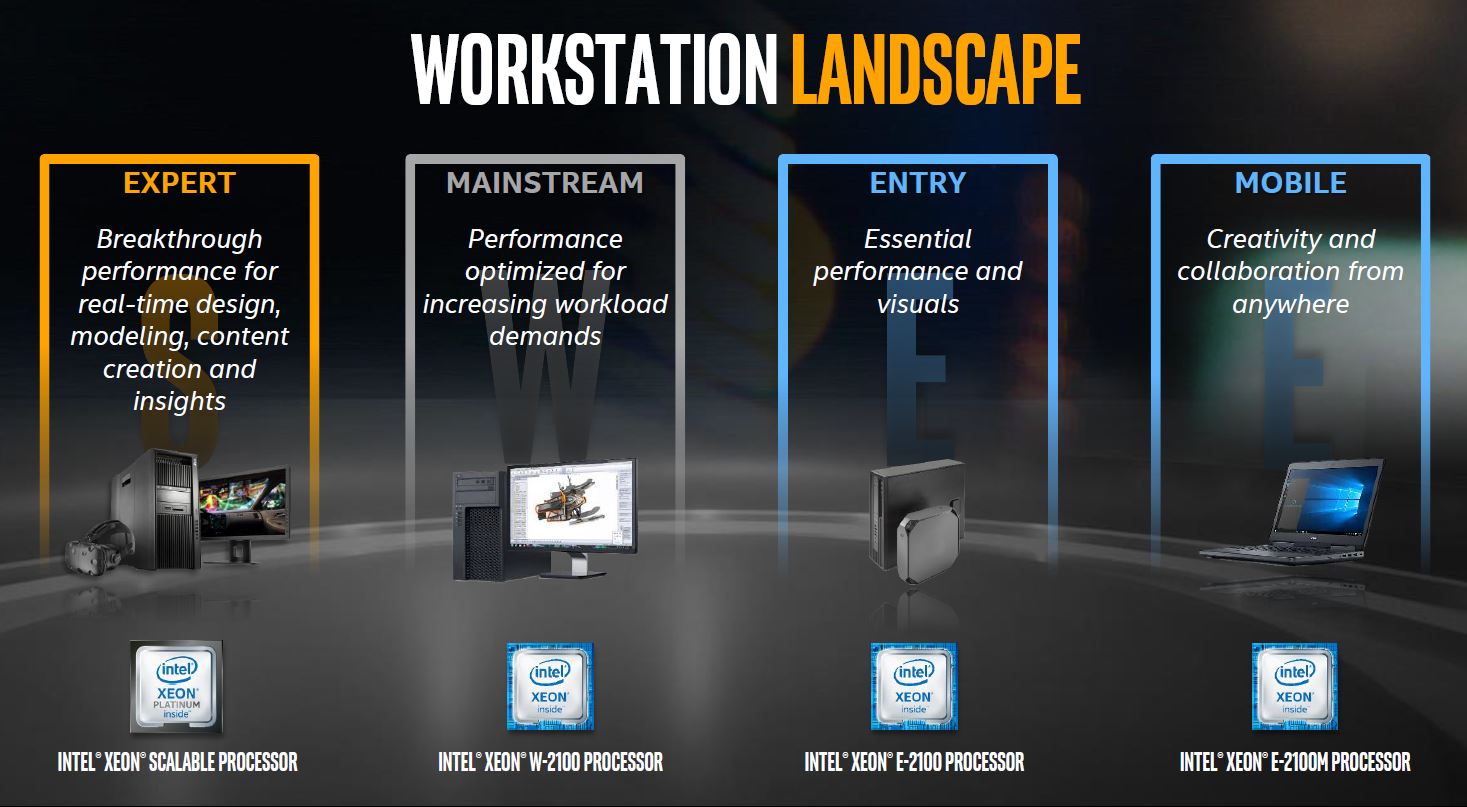
If you read other technology sites today you may see the following slide. It is crafted to make you think that there is performance improvement in the Xeon Workstation realm. It is a sinfully bad slide.
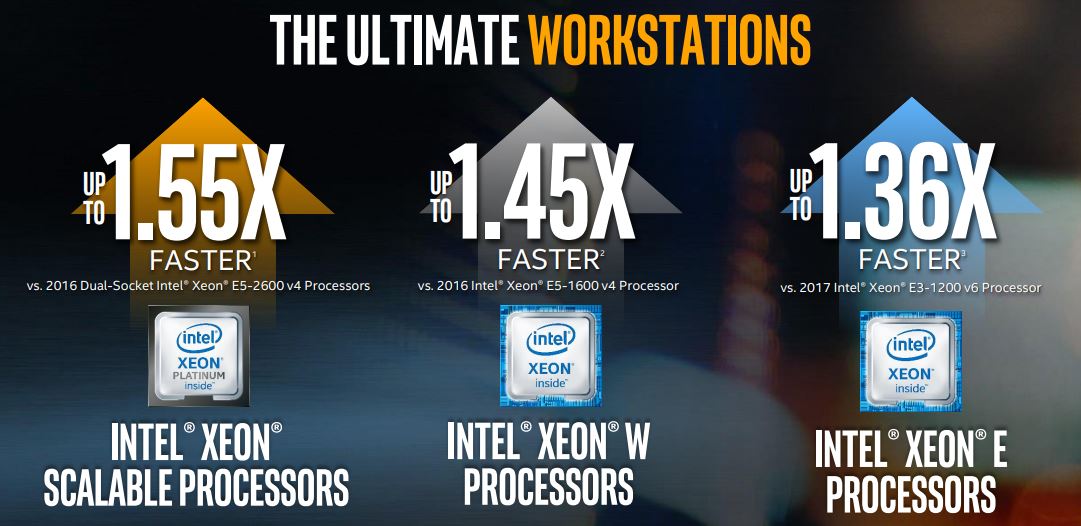
The Intel Xeon Platinum “Up to 1.55x Faster” should give every STH reader a pause. Intel is comparing dual Platinum 8180 CPUs to dual Intel Xeon E5-2699 V4 CPUs. Here is the comparison of the CPUs Intel is using here. If you look at that claim with that lens, it is essentially saying that in the best case Intel can find one gets 1.55x better performance for about 2.43x the cost. There are workstation users out there that can make a case that buying a pair of $10,000 CPUs makes sense. Engineering software costs and an enormous amount.
The Intel Xeon E-1285 V6 to Xeon E-2186G is at a comparable $450 price point. Be a good consumer. Challenge claims like the 1.55x found on that comparison slide. The 1.36x claim should stand alone. The market is responding to the Xeon Scalable pricing with one of the slowest transitions to new CPU architectures in recent times.
Intel Xeon E-2100 Workstation Platform
We are going to go through the specs of the Intel Xeon E-2100. It is very similar to the Intel Core “Coffee Lake” generation LGA1151 CPUs. Now with up to 6 cores and 12 threads, the primary benefit of the new chips is the additional core count. This is the first time in about nine years that this segment has had a SKU beyond 4 cores / 8 threads at the top end. The Xeon CPUs have a few SKUs without the iGPU. They are not overclockable. They support ECC UDIMMs for RAM. At a platform level, the Intel C246 workstation chipset incorporates many higher-end generational features such as vPro and Intel Optane Memory.
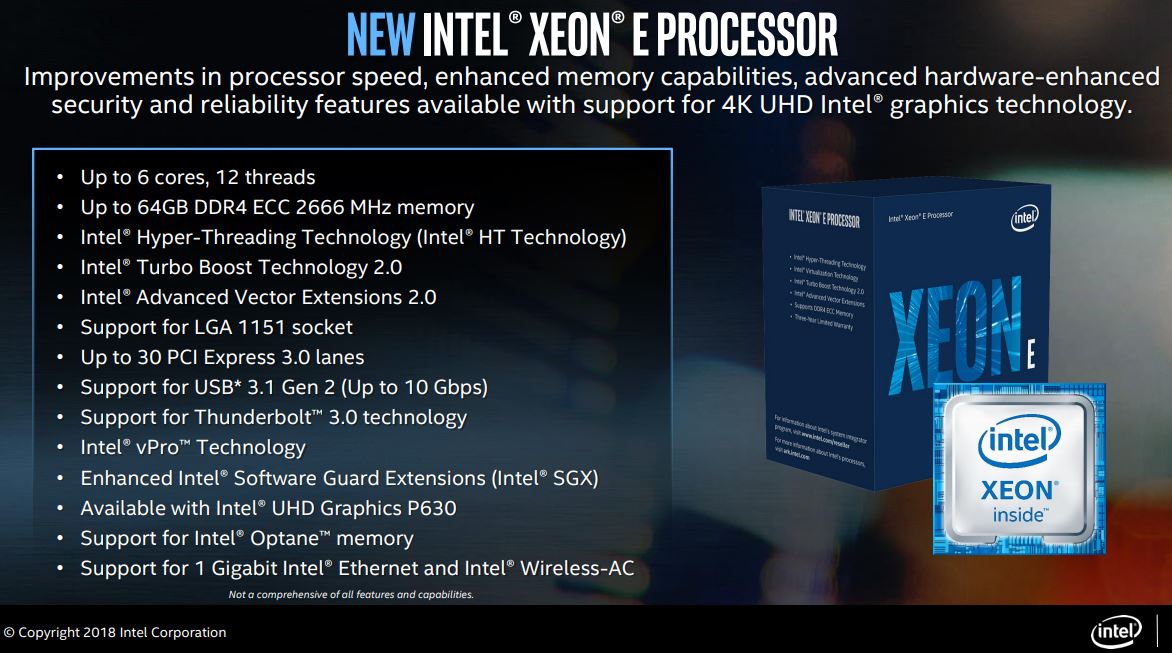
Still, this platform is distinctly from a consumer platform. It supports up to 64GB of DDR4-2666 RAM which is low for midrange workstations and most of the low-end server platforms. There is no 10GbE option, even though even sub-$200 ARM NAS units now feature 10GbE. It is the only current generation Xeon platform that does not support 10GbE either from the chipset (e.g. Lewisburg) or the SoC.
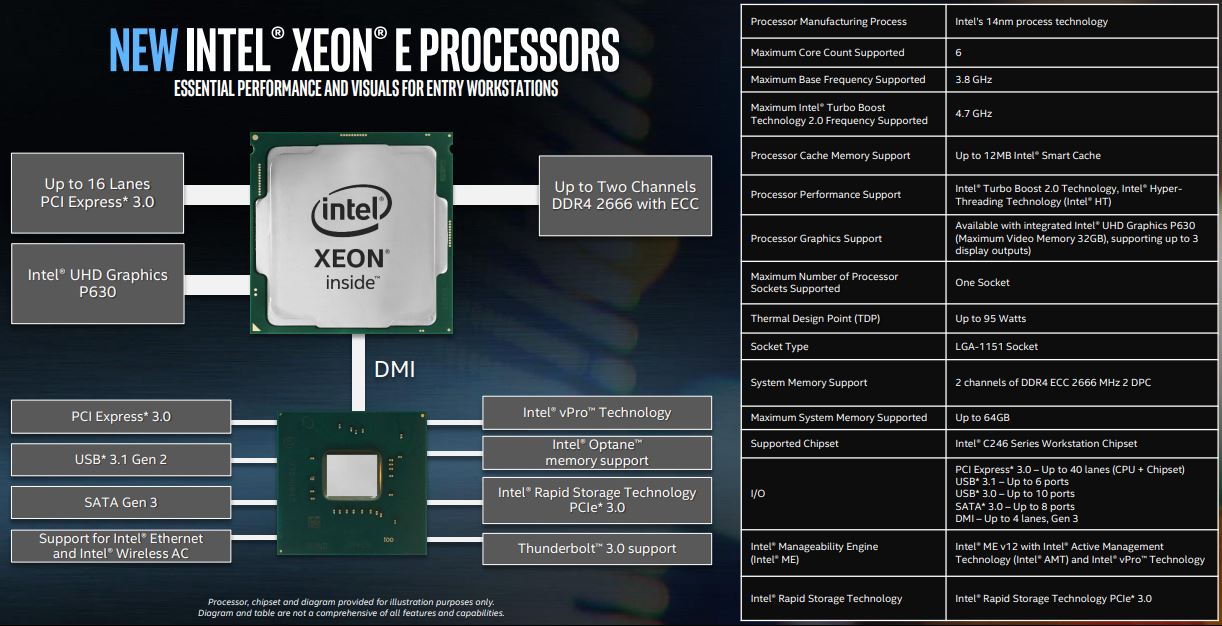
There are consumer-friendly features such as Wireless 802.11 AC networking, USB 3.1 Gen 2, and ThunderBolt 3.0 support. Intel Optane Memory is supported in terms of 3D XPoint for Client Workloads which is Intel’s answer to cache slow hard drives with small Optane modules. There are up to 8x SATA III 6.0gbps ports but very few of these workstations will use more than one.
The architecture is thoroughly consumer entry workstation. Intel claims 40 lanes of PCIe 3.0, but that is not the same as we see on modern server CPUs. 16x PCIe 3.0 lanes come from the CPU and up to 24 from the Intel C246 chipset connected via 4-lane DMI Gen 3. It is a less costly, but lower performance architecture than having 40x lanes directly from the CPU as we had in the 6.5-year-old Intel Xeon E5-2600 “V1” series as an example.
For the majority of the Intel Xeon E-2100 workstations, days will be spent in systems with a single M.2 SSD and utilizing the Intel P630 integrated graphics for applications such as Microsoft Office and Google Chrome.
What is the Intel Xeon E-2100 Workstation Launch Really?
While the allure of the “Xeon” brand may sound exciting, make no mistake, these are not for volume server shipments. Instead, the Intel Xeon E-2100 workstation launch is for the big corporate desktop OEMs.

Here is how the Xeon chips help OEMs: changing the name from Core i7 or Core i5 allows the OEMs to use a different pricing and discounting structure. The Xeon brand helps. Practically, it means that OEMs can set a price and customers cannot (as easily) price shop between consumer “Core” brand machines and “Xeon” brand workstations.
It is a smart marketing move by Intel and the OEMs but that is the segment the Intel Xeon E-2100 fills. We like the move, but most STH readers will immediately recognize that the delta between Intel’s server offerings and the Xeon E-2100 has grown over the past year.
Final Words
It is great to see a more modern entry Intel Xeon platform. At its crux, these systems are the entry desktops for those looking for something differentiated from the Core series. They support ECC memory but there are many of these systems that ship without ECC to save costs. The ECC that these chips support is UDIMM not RDIMM. They are not the same. You can read our old Unbuffered versus Registered ECC Memory Difference between ECC UDIMMs and RDIMMs guide to learn more.
As of now, Intel is stuck with the “entry” line. It is invariably tied to the generation of consumer CPUs of its generation, which is now the 7th generation of this line of CPUs. Adding another two cores and more cache is great. The higher clock speeds help as well. Pricing ranges from $193 to $450 and the majority of SKUs are now focused on iGPU for graphics which tells you the entry-level market these are designed for. That market is big and likely is much larger than the entry level dedicated server market. For that reason, we are for the first time seeing workstations lead the launch in this product segment after almost a decade of Intel making the segment.

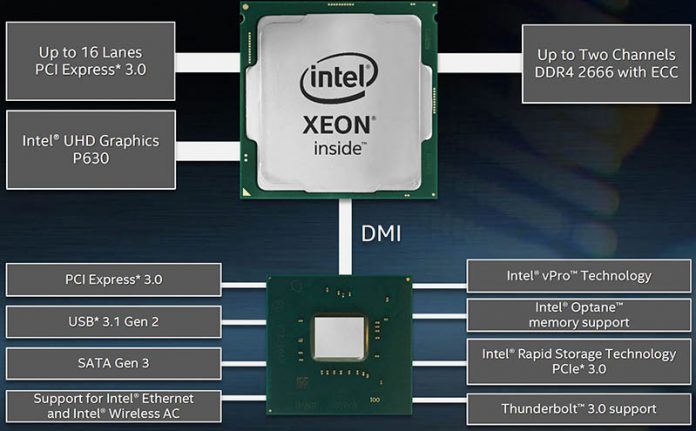
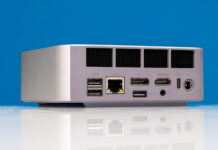
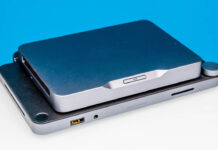
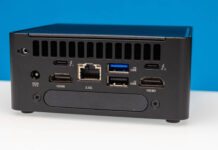
Finally! Now, let’s wait for proper benchmarks of Xeon E and compare that to Ryzen (not threadripper nor epyc, but pure ryzen). The big pitty of ryzen is that no big OEM made a workstation with it nor well certified ECC support… Anyway, let’s see. Finally Intel moved a bit forward from 4core E3…
So basically an i7 with ECC and without overclocking, I don’t really see anything compelling about this product for the buyer.